Ever puzzled how some merchants all the time appear to be in sync with the market?
Have they got a mystic capacity to foretell the place the value is headed subsequent?
Though it may appear supernatural, there are actually no miracles going down…
Their secret lies in utilizing tried-and-tested methods like multi-timeframe evaluation (MTA) to higher perceive why the market is shifting in a sure path.
As soon as merchants grasp the artwork of analyzing a number of timeframes, they get a clearer, extra correct image of the market—resulting in smarter, extra worthwhile selections.
At first look, MTA may appear overly technical or overwhelming, however when you grasp the core ideas, it will possibly make an enormous distinction in the way you strategy the market.
On this article, I’ll break down the necessities of multi-timeframe evaluation and present how this strategy can dramatically enhance your buying and selling.
By studying to the tip, you’ll be taught to identify high-probability commerce setups and keep away from frequent pitfalls.
Right here’s what you’ll cowl intimately:
- What’s Multi-Timeframe Evaluation?
- The issue of 4 to six: Choosing the proper timeframes
- Utilizing value patterns in MTA for higher commerce entries
- Easy methods to determine stacked ranges for stronger commerce setups
- Limitations of Multi-Timeframe Evaluation
Prepared to boost your buying and selling technique?
Let’s dive in!
What’s Multi-Timeframe Evaluation?
Nicely, it’s all about taking a look at value actions throughout totally different timeframes that will help you make smarter buying and selling selections.
As a substitute of specializing in only one chart, you’re zooming out and in, taking a look at each the massive image and the finer particulars.
It’s a bit like having each a telescope and microscope with you on the similar time!
Utilizing this system, you get a a lot clearer thought of total market traits, key support and resistance ranges, and the place the value could be headed.
Combining totally different timeframes is an effective way to higher time your trades, whether or not you’re getting in or out.
Why Use Multi-Timeframe Evaluation
The entire thought is to get a fuller image.
As a substitute of counting on only one chart to decide, you’re getting affirmation throughout a number of timeframes, which helps you keep away from false indicators.
Think about this: You see a breakout on the 4-hour chart and suppose it’s time to leap in…
NZD/USD 4-Hour Chart:
Seems to be like an incredible breakout, proper?
However what in case you zoomed out a bit first and regarded on the each day image?…
NZD/USD Every day Chart:
Are you able to see that the value is approaching a each day resistance degree quickly?
Whereas there could possibly be a attainable commerce from the setup you’ve discovered, it won’t be the very best because you’d be shopping for simply earlier than a robust each day resistance zone.
Let’s see what occurs subsequent…
NZD/USD 4-Hour Chart Every day Resistance:
Have a look at that.
Worth rejected the each day resistance space and fell again to its authentic help degree!
See how MTA helps you keep away from getting caught in a foul commerce?
By syncing up with the general development and bigger help and resistance zones, you give your self the very best likelihood to keep away from low-quality setups and await high-quality ones.
Multi-Timeframe Evaluation: An element of 4 to six for a Greater Timeframe
Right here’s how you determine which larger timeframe to make use of.
I wish to maintain it easy by utilizing an element of 4 to six.
Which means you are taking the decrease timeframe you’re buying and selling on and multiply it by 4 to six to get your larger timeframe.
For instance, if buying and selling on a 1-hour chart, you might use the 4-hour chart for the larger image.
If you happen to’re working off a 5-minute chart, you would possibly go as much as the 30-minute chart.
This strategy helps you keep in sync with the general development whereas nonetheless getting the main points you want for exact entries and exits.
By sticking with an element of 4 to six for multi-timeframe evaluation, you may keep away from getting misplaced within the noise of decrease timeframes, too.
Nevertheless, it’s price noting that some merchants who work with decrease timeframes, such because the 5-minute or 15-minute charts, should still discover worth in analyzing the each day and 4-hour charts, too.
These larger timeframes can present helpful reference factors for the place the value could be attracted all through the buying and selling day or week.
Greater Timeframe: What to Look For
You could be asking, “Okay, so what ought to I even be in search of on the upper timeframe?”
Nicely, the upper timeframe is like your map.
It reveals you key areas comparable to help and resistance ranges, consolidation zones, and earlier highs and lows—locations the place value would possibly react sooner or later.
Let’s take a look at some examples of what to search for on a better timeframe utilizing the each day chart…
AUD/NZD Every day Chart:
On this instance, you may see two clearly outlined help and resistance zones.
Whereas there are smaller peaks and decrease timeframe help ranges, these two zones are appearing as the principle magnets for value.
Maintain it easy and deal with value returning to those zones fairly than getting caught up within the smaller timeframe highs and lows.
Let’s take a look at one other instance…
AUD/NZD Every day Chart Channel:
On the each day chart, you may see that the value is shifting inside an uptrend channel.
This channel provides nice perception into the place costs would possibly proceed heading, too.
As such, it’s necessary to align your bias with buys in case you’re trying to capitalize on this uptrend whereas additionally recognizing that there could also be an higher boundary.
The highest of the channel may present temporary promote alternatives.
Now, I need to present you yet one more key use for the each day timeframe, which frequently will get missed.
As larger timeframes maintain extra weight, it is smart that candlestick formations maintain extra significance on these timeframes, proper?…
AUD/NZD Every day Chart Candlesticks:
While you take a look at this chart, you’ll discover that as the value reaches this peak, there are clear inverted hammer candlesticks, indicating vital rejection over a number of days.
This tells you that value isn’t simply briefly rejected for an hour or so—it’s being held at this degree day after day.
So, the possibilities are that costs will retrace when the each day patterns counsel they may.
This will present invaluable data, whether or not you’re in a protracted commerce trying to exit at the absolute best space or contemplating a brand new purchase or promote place.
These candlestick patterns could possibly be the ultimate piece of knowledge you should resolve whether or not to execute the commerce.
Now that you’ve got three clear examples of what to search for on the upper timeframe, what must you be in search of on the decrease timeframe?
Multi-Timeframe Evaluation: Aligning with the Greater Timeframe (Buying and selling Timeframe)
That is the place you make your strikes.
However right here’s the important thing: You’ve received to align your trades with what’s taking place on the upper timeframe.
If you happen to don’t, you’re mainly flying blind!
Probably the greatest methods is to search for stacked ranges, which I’ll cowl in a while on this article.
Now, this timeframe is all about being affected person…
Keep in mind how I confirmed you earlier that sure ranges act as magnets? You have to await the value to be drawn to those key areas of worth.
When help or resistance strains up on each your buying and selling timeframe and the upper timeframe, that’s a high-probability zone for the value to react…
…and that is the place you need to be watching to your entry indicators!
Let’s check out how value reacts at some beforehand recognized each day ranges on the 4-hour chart…
USD/CAD Every day Chart:
It’s a USD/CAD each day chart the place the value has lately damaged out.
I need to present you what occurs within the decrease timeframe when the value finally comes again to this degree.
Let’s quick ahead and drop right down to the 4-hour timeframe to see what happens…
USD/CAD 4-Hour Chart:
See how the value returned to this magnet degree, paused, after which finally continued again up?
This isn’t only a coincidence. This each day degree was a robust space of worth, and it’s the place consideration ought to be centered whereas ready for an entry set off to provoke a commerce.
Robust bullish hammer candles right here would have supplied an incredible entry set off.
So, are you able to see how being affected person and ready for each the 4-hour and each day charts to align would have helped you seize this transfer?
Multi-Timeframe Evaluation: Break of Construction within the Course of the Greater Timeframe
It’s clear now why it’s necessary to all the time commerce within the path of the upper timeframe.
One method to verify that is by in search of a break of construction in your buying and selling timeframe that matches the development on the upper timeframe.
If the upper timeframe reveals an uptrend, you’ll need to see a break above a current swing excessive on the decrease timeframe to verify that the development is constant.
The identical goes for a downtrend—await a break under a current swing low to make sure you’re not buying and selling in opposition to the tide.
By ready for these breaks of construction, you’re aligning with the market’s total path and giving your self a greater likelihood of catching the larger strikes.
Let’s check out this idea…
USD/JPY Every day Chart:
Right here, you will have a transparent each day uptrend, as the value is making a collection of upper highs and better lows.
As the value breaks the highs, I need you to additionally discover the kind of candles that seem after the break.
To do that, let’s go right down to the buying and selling timeframe of the 4-hour chart and see what it appears to be like like in additional element…
USD/JPY 4-Hour Chart:
Discover how when the value breaks the excessive on the each day timeframe, you will have affirmation of the development persevering with in favor of the general path.
Nevertheless, this doesn’t all the time current a direct alternative to enter a commerce.
It does, nonetheless, present a buying and selling alternative if the value makes a short pullback.
Within the first occasion, the value broke the each day excessive, and on the each day chart, the each day candle closed above the excessive, confirming a brand new larger excessive.
When the development continues with momentum, the highs usually don’t simply barely break the earlier excessive; they type a major new excessive.
So, in search of an entry on the timeframes under can usually nonetheless present nice buying and selling alternatives.
Let’s check out what occurs the second time…
USD/JPY 4-Hour Chart Retest:
The retest happens on the buying and selling timeframe, after which value strikes to type a brand new larger excessive on the each day timeframe.
This system comes with its dangers, as you aren’t technically shopping for on the swing low of the each day chart.
Nevertheless, it supplies you with affirmation that the each day momentum desires to proceed upward.
If you will discover an entry alternative in your buying and selling timeframe that provides clear factors for entries and exits, it could be price contemplating a commerce.
Beneath is what the profitable commerce appears to be like like on the each day timeframe chart…
USD/JPY Every day Chart Commerce End result:
Bought it?
Nice!
Subsequent, I need to focus on value patterns throughout a number of timeframes, as that is an especially great tool for probably capturing the beginning of latest larger timeframe traits!
Worth Patterns in Multi-Timeframe Evaluation
That is one other highly effective instrument that may help your buying and selling strategy.
Worth patterns are like roadmaps; they offer you clues about what would possibly occur subsequent available in the market.
While you mix these patterns with multi-timeframe evaluation, it will possibly vastly improve your capacity to search out higher commerce setups.
Breaking it down: in case you discover a value sample forming on a better timeframe, just like the each day or weekly chart, it’s often an indication of one thing larger taking place available in the market.
Traditional patterns like head and shoulders, double tops, or triangles usually carry extra weight on these larger timeframes, as they mirror broader market sentiment and often contain a bigger variety of merchants.
Right here’s the place MTA turns out to be useful, as you may zoom in to a decrease timeframe, just like the 4-hour or 1-hour chart, to fine-tune your entries and exits.
For instance, if a double backside is forming on the each day chart, that’s a sturdy reversal sign.
As a substitute of getting into the commerce instantly, you may await the value to interrupt a key degree or verify the reversal on a smaller timeframe.
This manner, you’re not simply reacting to the sample; you’re being affected person and letting the market present a cleaner entry level.
One other nice good thing about utilizing multi-timeframe evaluation with value patterns is that it helps you keep away from false indicators.
Patterns on decrease timeframes, like a 5-minute or 15-minute chart, would possibly look promising, however they will usually be noise within the bigger market image.
If these patterns don’t align with what’s taking place on a better timeframe, they won’t be price buying and selling in any respect.
By aligning patterns throughout totally different timeframes, you improve your odds of success and keep away from getting caught up in short-term market fluctuations.
In brief, combining value patterns with MTA provides you a strategic edge.
Let’s check out an instance…
GBP/USD 4-Hour Chart:
Think about you recognized a head and shoulders sample on the 4-hour timeframe throughout your larger timeframe evaluation.
It appears to be like like an incredible likelihood to leap right down to your buying and selling timeframe chart and search for any indications that value would possibly transfer down from this sample.
You possibly can have faith understanding that the upper timeframe evaluation aligns together with your brief bias on the decrease timeframe.
So, let’s see what occurs…
GBP/USD 1-Hour Chart:
Worth breaks the neckline on the decrease timeframe, presenting a chance to get in firstly of the transfer.
For the take revenue, let’s use the measured transfer of the neckline-to-head distance, and for this instance, set the cease loss above the neckline, the place the commerce would turn out to be invalid.
Let’s check out what occurs…
GBP/USD 1-Hour Chart Commerce End result:
Wow! A pleasant 3.5RR commerce.
Not unhealthy, contemplating you had been capable of take the commerce understanding the upper timeframe aligned together with your entry.
What turns into obvious by means of this instance is that the upper timeframe serves as a reminder of the place value could be within the larger image.
It permits you to execute trades in your buying and selling timeframe with far more confidence, understanding that the broader image aligns together with your entry set off whereas additionally enabling you to enter firstly of patterns to seize as a lot of the transfer as attainable.
Lastly, let’s contact on the superior idea of stacked ranges.
Multi-Timeframe Evaluation: Stacked Ranges
Alright, right here comes stacked ranges!
That is while you spot main help and resistance zones throughout a number of timeframes.
It’s like discovering an intersection the place two roads meet – solely right here, it’s the place value ranges overlap.
Let’s take a look at an instance…
USD/CAD 4-Hour Chart:
Say you see a resistance degree forming on the 4-hour timeframe, however you’re not sure if it’ll maintain a lot weight going ahead.
Let’s verify the each day chart, which could possibly be your larger timeframe (HTF), and see what it reveals…
USD/CAD Every day Chart:
As you may see, the extent is evident on the each day chart as effectively.
There’s a bearish rejection candle on the zone, adopted by a robust transfer away.
This degree has turn out to be vital and is an space you need to control.
Now, let’s comply with some extra and see what occurs…
USD/CAD Stacked Degree Rejection:
Right here, you may see value starting to pause on the degree. On this buying and selling timeframe, there’s a possible setup with a 4-hour rejection.
Let’s take the commerce and see the way it pans out!…
USD/CAD Stacked Degree Take Revenue:
Discover how, by utilizing multi-timeframe evaluation, these stacked ranges spotlight high-probability areas the place the value is extra more likely to react – both bouncing off or breaking by means of.
One other instance of this could possibly be in case you had a each day trendline converging with a decrease timeframe help or resistance degree.
These staked ranges provide you with a a lot larger likelihood of value reacting at that space of worth.
With all that being stated, let’s discuss a number of the limitations inside MTA.
Limitations of Multi-Timeframe Evaluation
Evaluation Paralysis
Let’s get actual for a second— multi-timeframe evaluation isn’t excellent.
One of many most important points I’ve personally skilled is over-analyzing.
You’ve received all these totally different timeframes providing you with numerous indicators, and it’s simple to get caught in evaluation paralysis.
Typically, the each day chart says one factor, the hourly chart says one other, and you find yourself not understanding what to do.
Quite a lot of the time, you would possibly even do nothing and watch the commerce you had deliberate slowly tick towards your revenue targets with out you.
To keep away from this, I choose to maintain my deal with the upper timeframe for the general development and chart patterns whereas utilizing the decrease timeframe for entries.
Don’t attempt to discover excellent alignment throughout each single chart, otherwise you’ll drive your self loopy!
Keep in mind, the upper timeframe is supposed to supply context fairly than being a science.
Get a really feel for what the market is doing on the upper timeframe and execute on the decrease timeframe.
Busy Charts
One other problem? You’ll discover tons of help and resistance ranges throughout totally different timeframes.
This will litter your chart and make it onerous to determine which ranges actually matter.
You don’t need your chart to seem like a five-year-old received maintain of their favourite coloring set and went wild!
Deal with the strongest ranges to simplify issues, particularly these on the upper timeframes.
These ranges ought to be tremendous apparent; decide those your eyes are immediately drawn to as a result of, chances are high, nearly all of merchants are specializing in the identical ranges.
Longer Commerce Instances
One final limitation of multi-timeframe evaluation is that trades will are inclined to take barely longer to play out.
It is because your focus shifts from a single decrease timeframe to the broader total market. This will restrict merchants trying to be out and in of trades rapidly.
While you use MTA, you would possibly decide to focus on the upper timeframe ranges fairly than simply the one buying and selling timeframe goal.
This will result in issues on the subject of taking income, as it could forestall you from taking cash off the desk resulting from concentrating on a better timeframe degree.
This gained’t all the time work out in your favor, as the upper timeframe setup could by no means be full.
So, it’s necessary to know the place you need to take income, whether or not that be partially alongside the best way or on the larger timeframe goal.
Conclusion
Clearly, multi-timeframe evaluation (MTA) is a useful strategy for merchants trying to enhance their market evaluation and timing.
By integrating MTA into your buying and selling technique, you acquire a significantly better thought of the market’s total path, in addition to extra exact entry and exit factors.
When used alongside different technical instruments, MTA supplies a major edge, serving to merchants spot higher-probability trades and keep away from frequent pitfalls.
To summarize, on this article, you’ve:
- Found what Multi-Timeframe Evaluation is and why it issues
- Explored the Issue of 4 to six and the way to decide on the proper timeframes for evaluation
- Gained perception into utilizing value patterns in MTA for extra correct commerce entries
- Realized the right way to determine stacked help and resistance ranges for stronger commerce setups
- Examined the constraints of MTA, together with over-analysis and the problem of ready for setups to play out
MTA goes far past what’s coated right here, however by mastering these foundational ideas and integrating them together with your different buying and selling methods, you’ll be effectively in your method to turning into a extra assured and strategic dealer.
If MTA resonates with you, I strongly encourage you to analysis additional into it!
Now, I’m curious to listen to your ideas on Multi-Timeframe Evaluation!
Do you utilize it in your buying and selling?
How has it helped you enhance your methods?
Share your ideas and experiences within the feedback under!

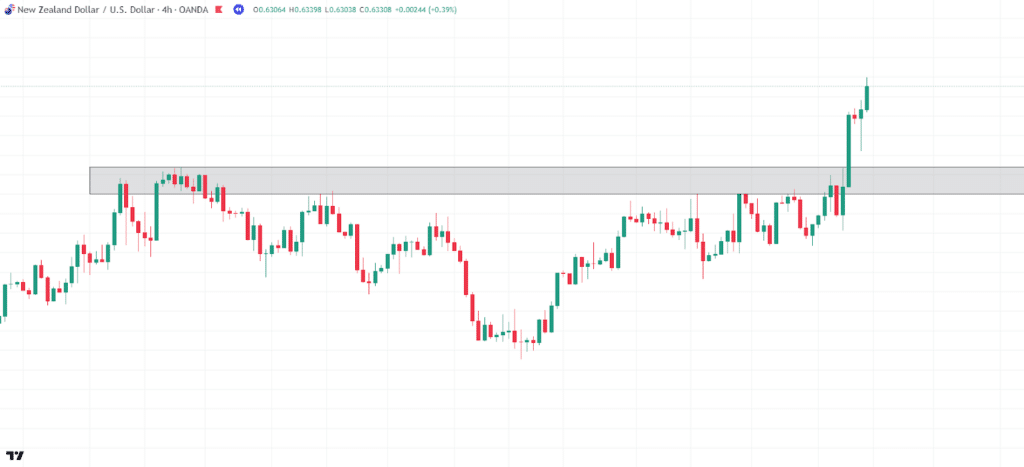
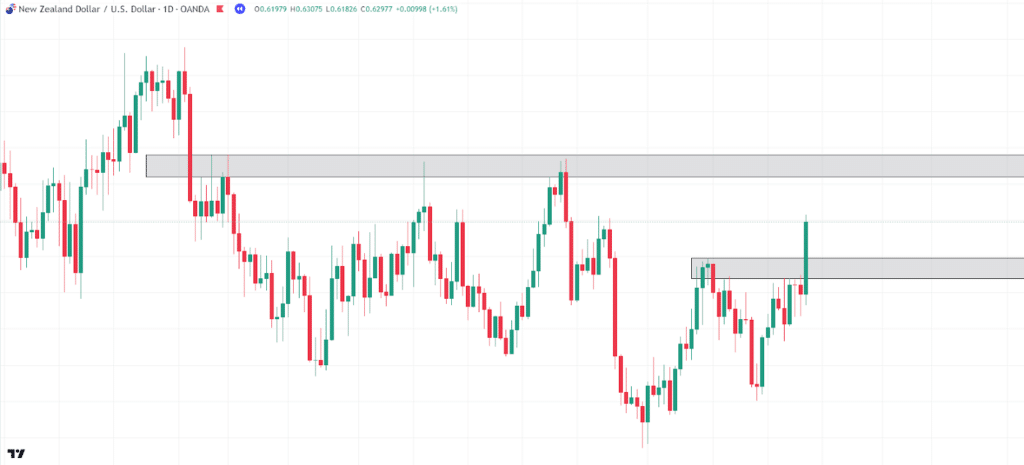
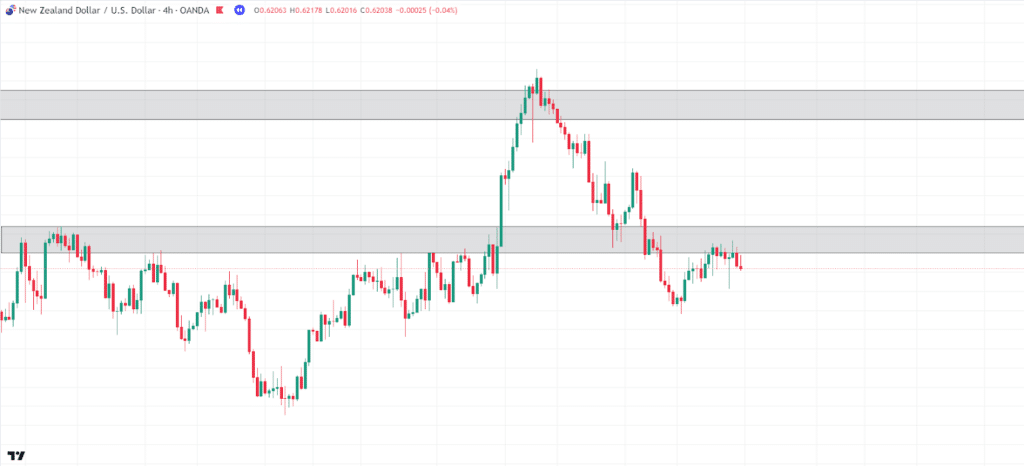
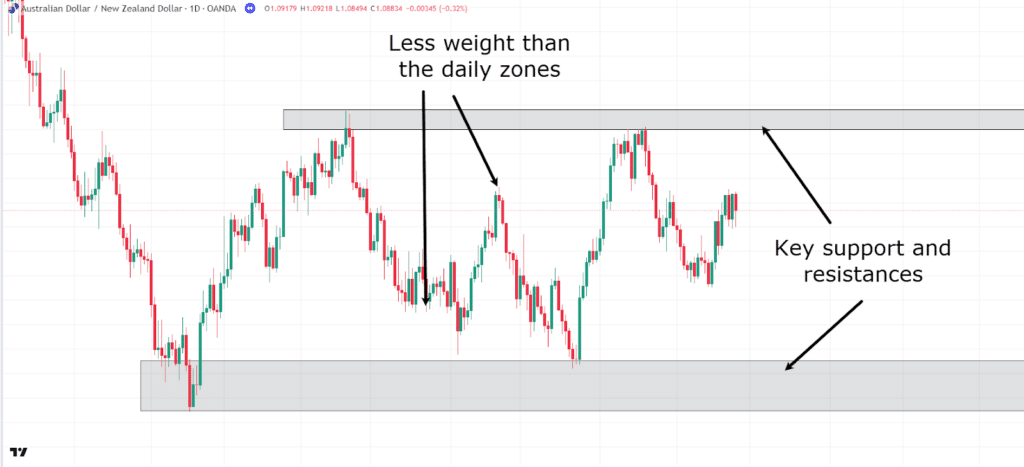
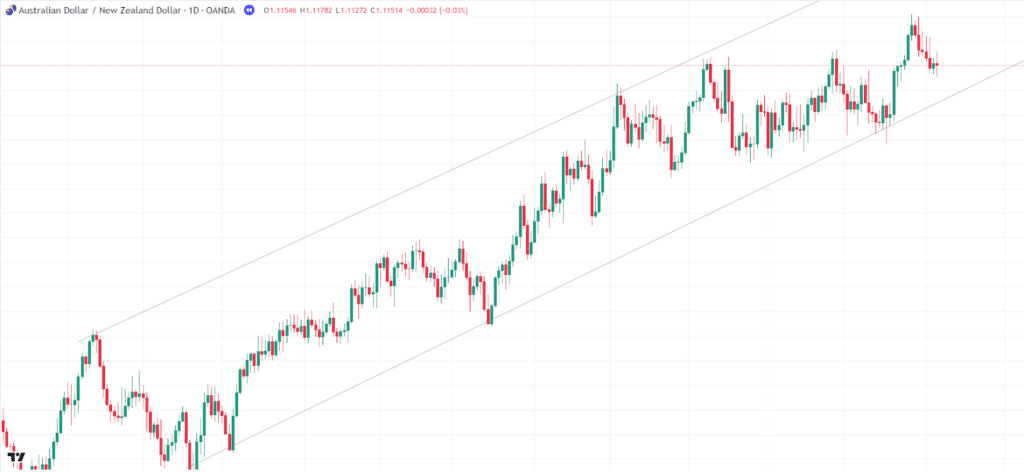
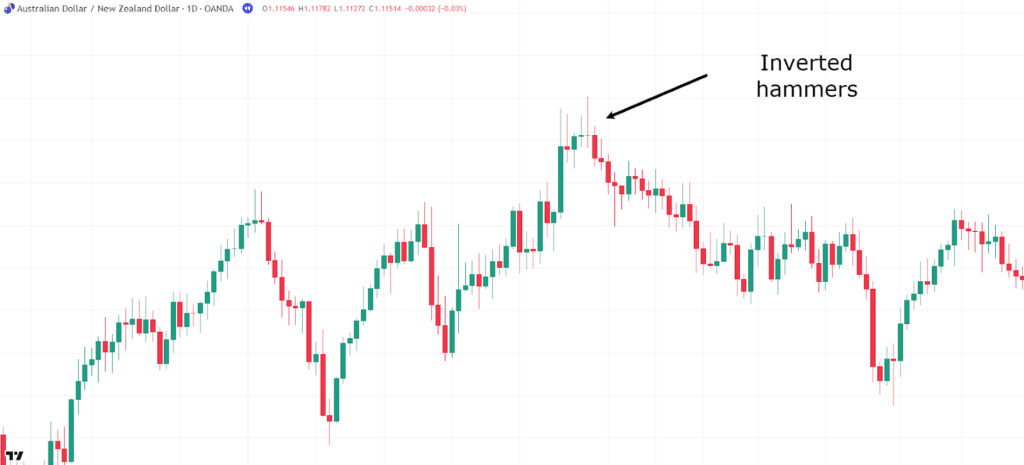
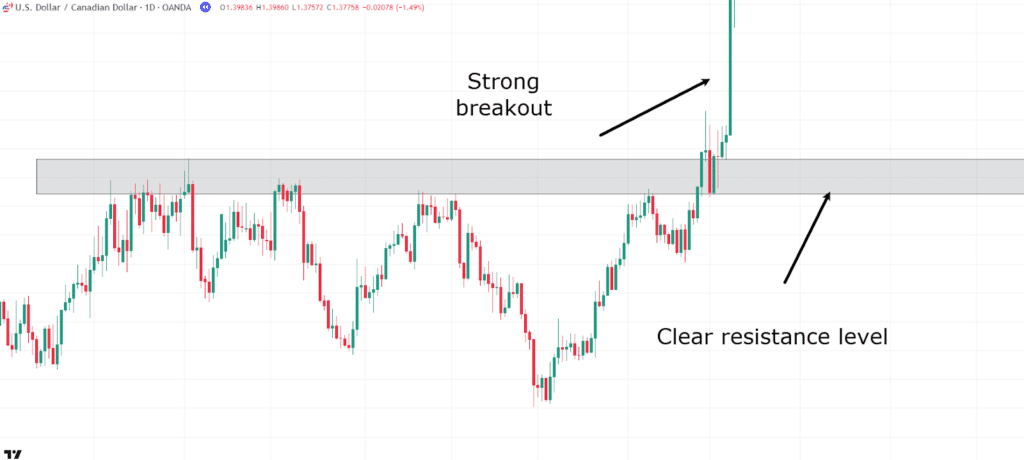
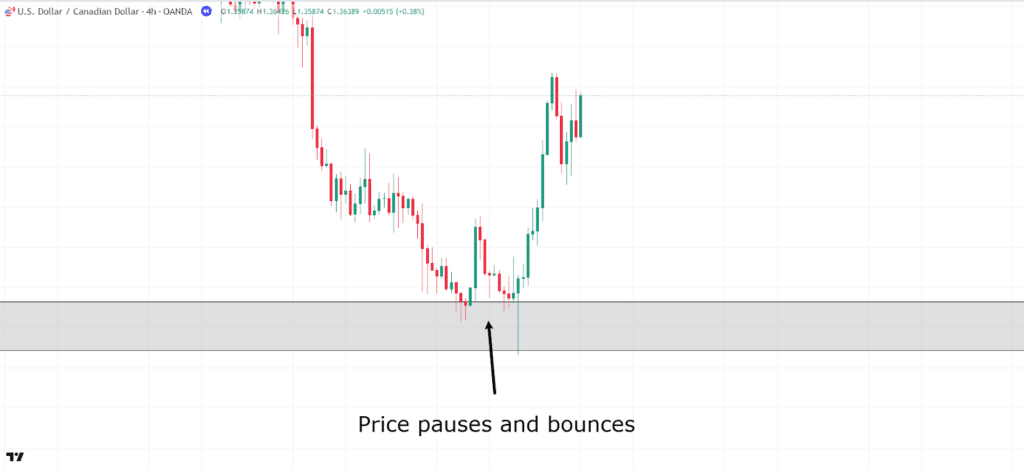
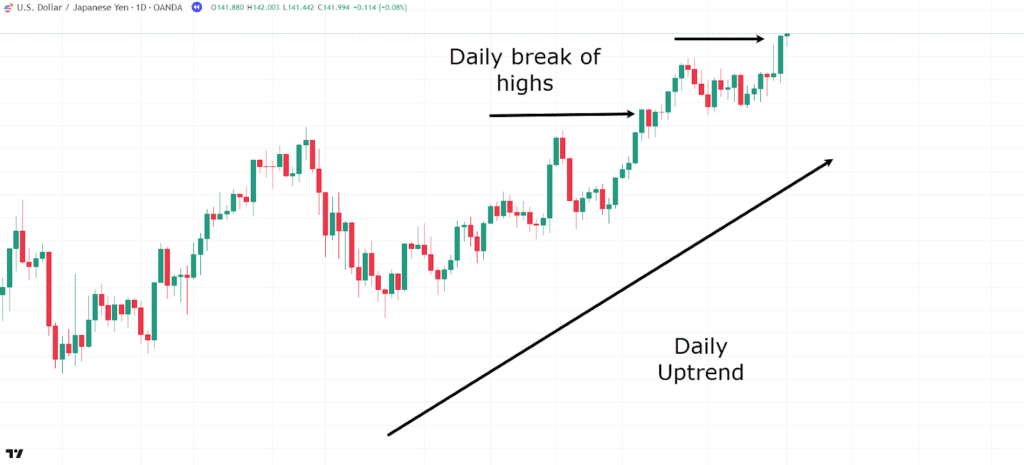
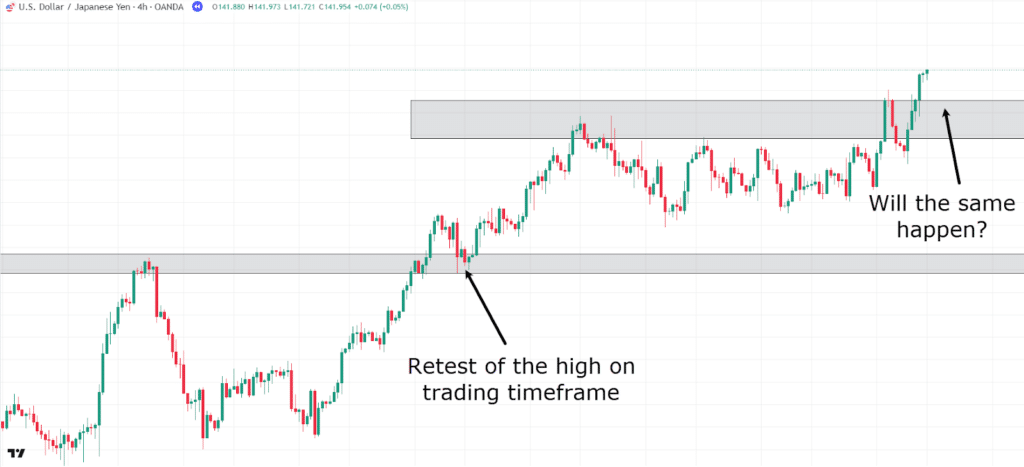
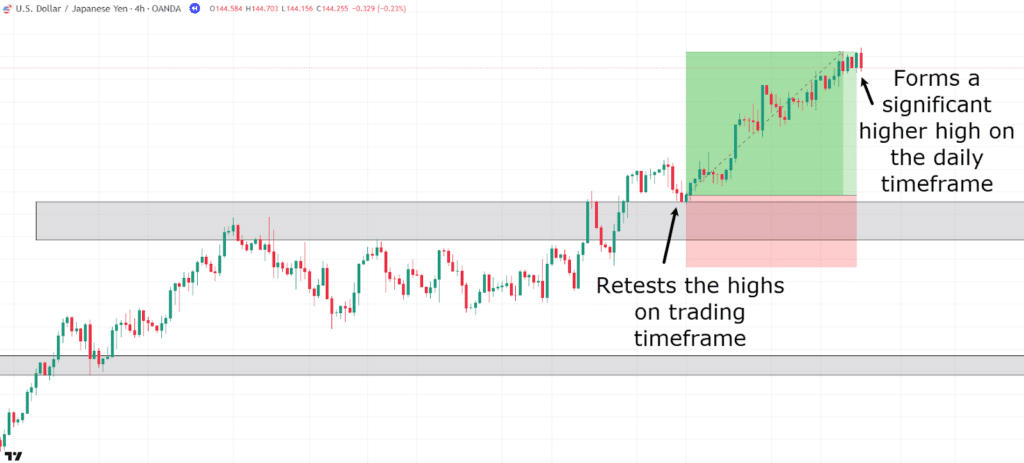
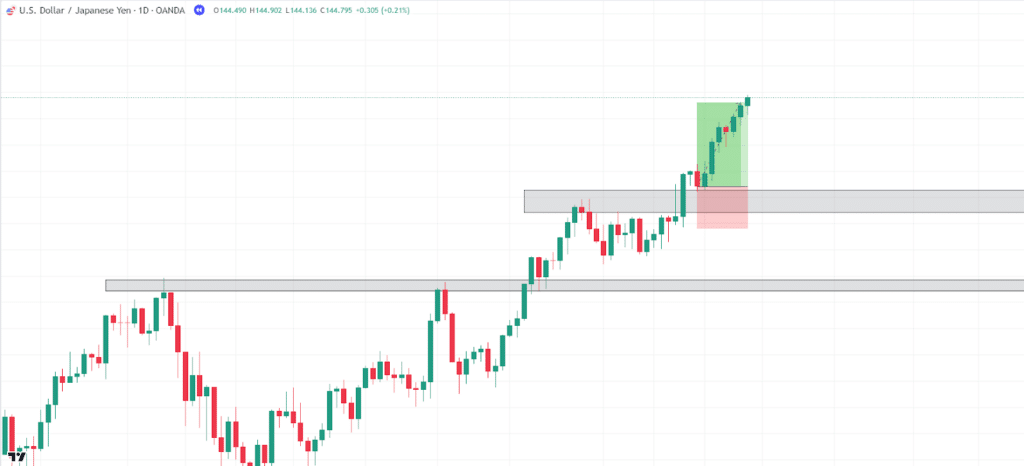
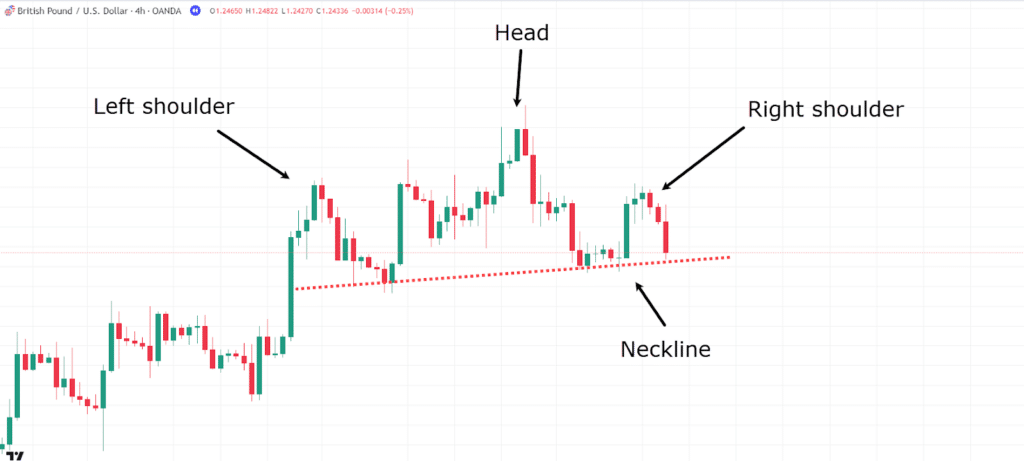
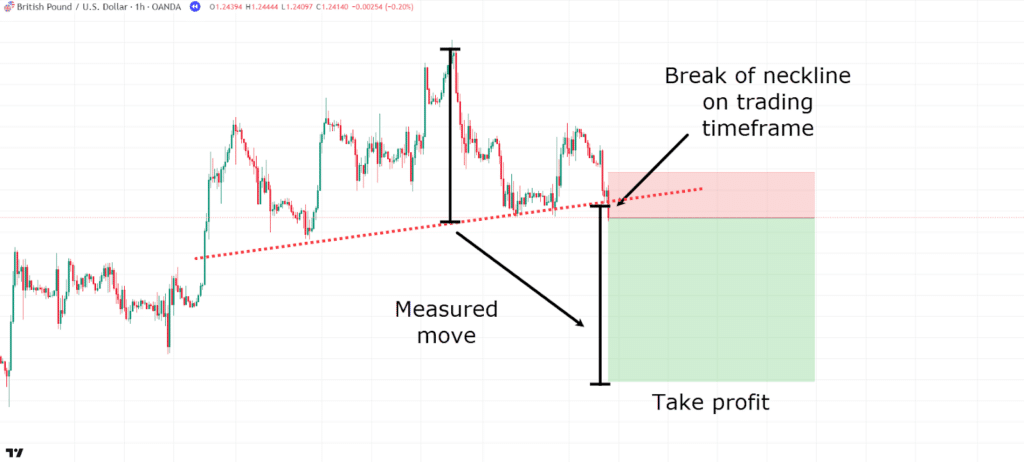
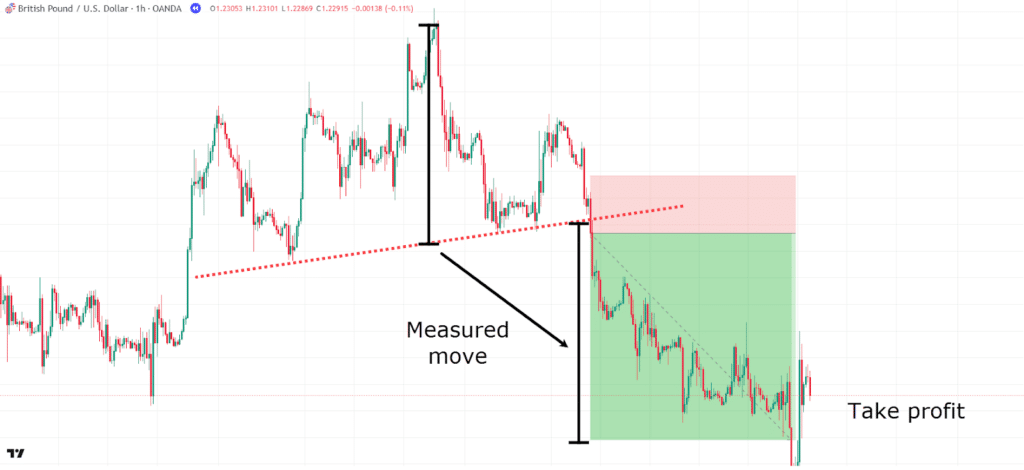
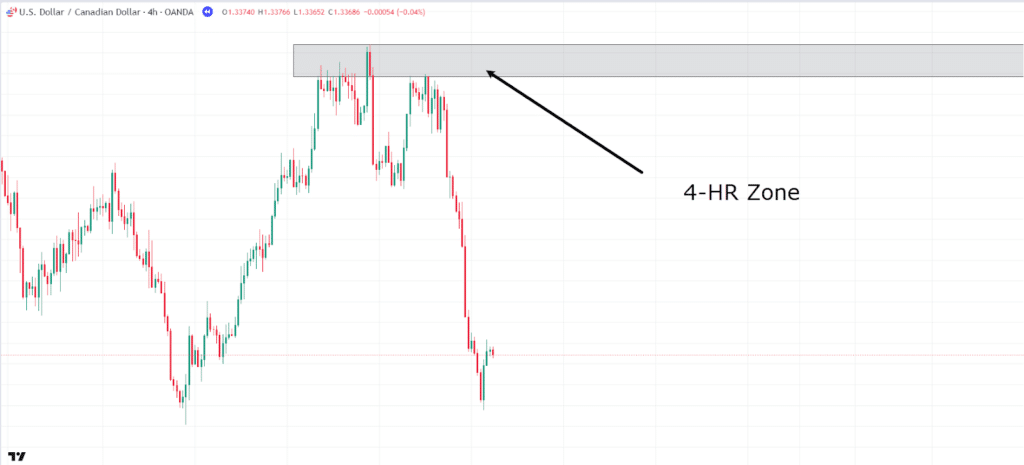
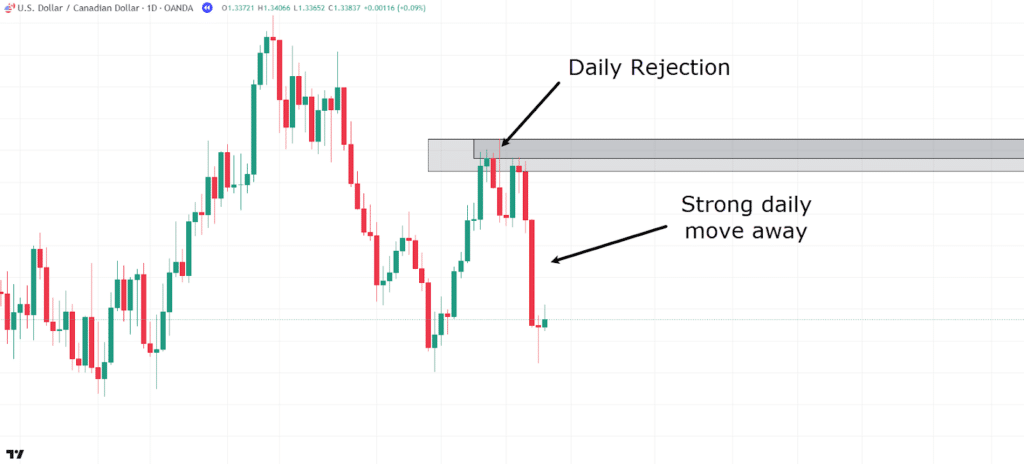
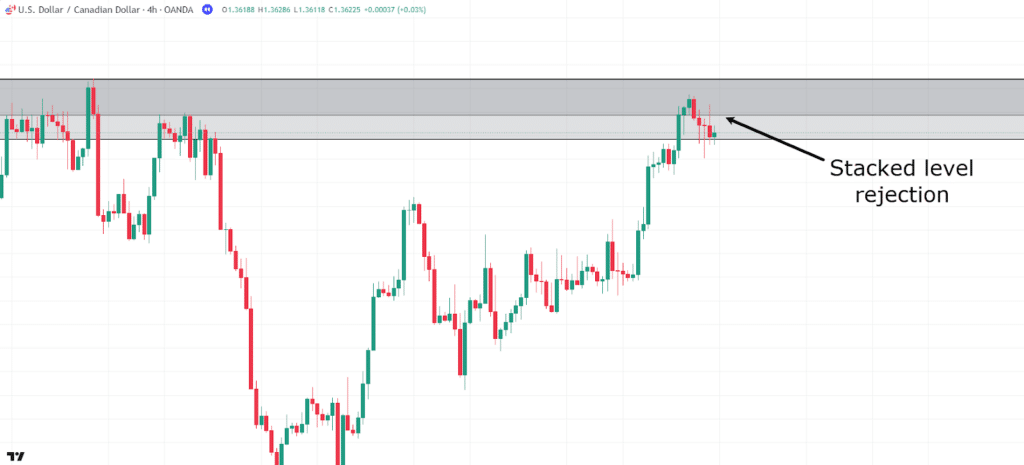
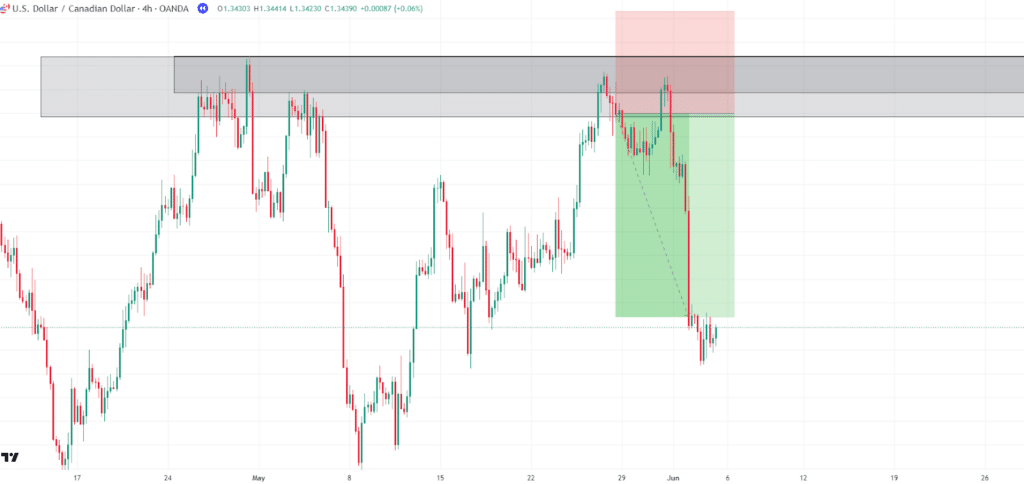















![Cosmos [ATOM]: Merchants ought to look ahead to this key worth motion](https://sarkariresultbihar.info/wp-content/uploads/2024/11/News-Articles-FI-Editors-2024-11-21T100128.179-1000x600-120x86.jpg)


